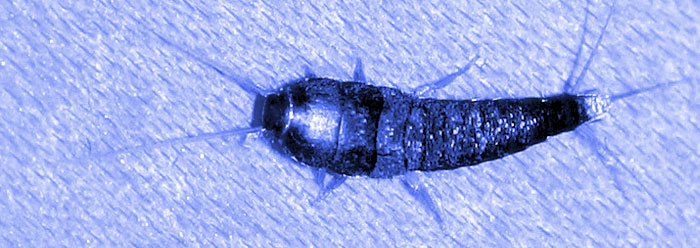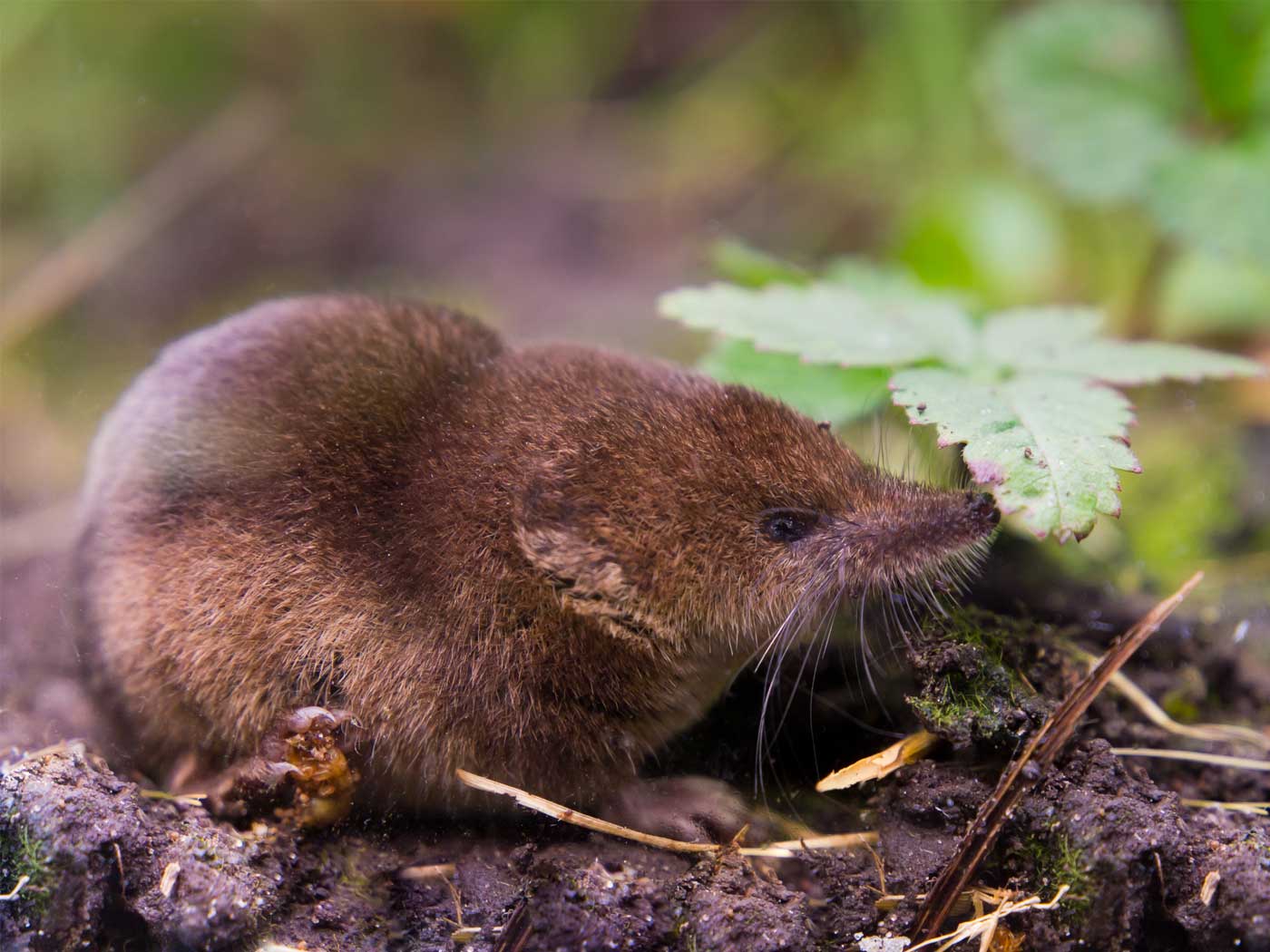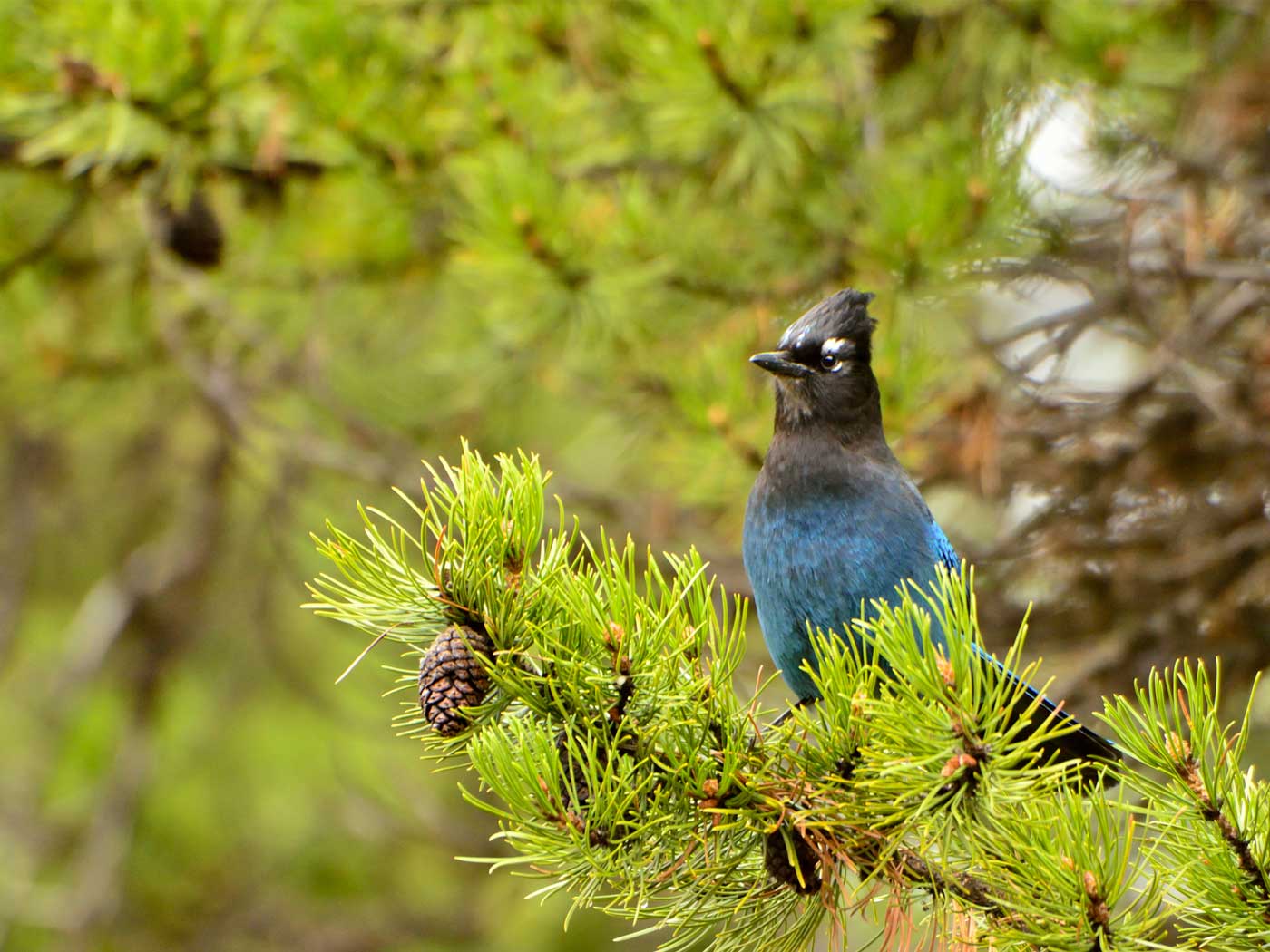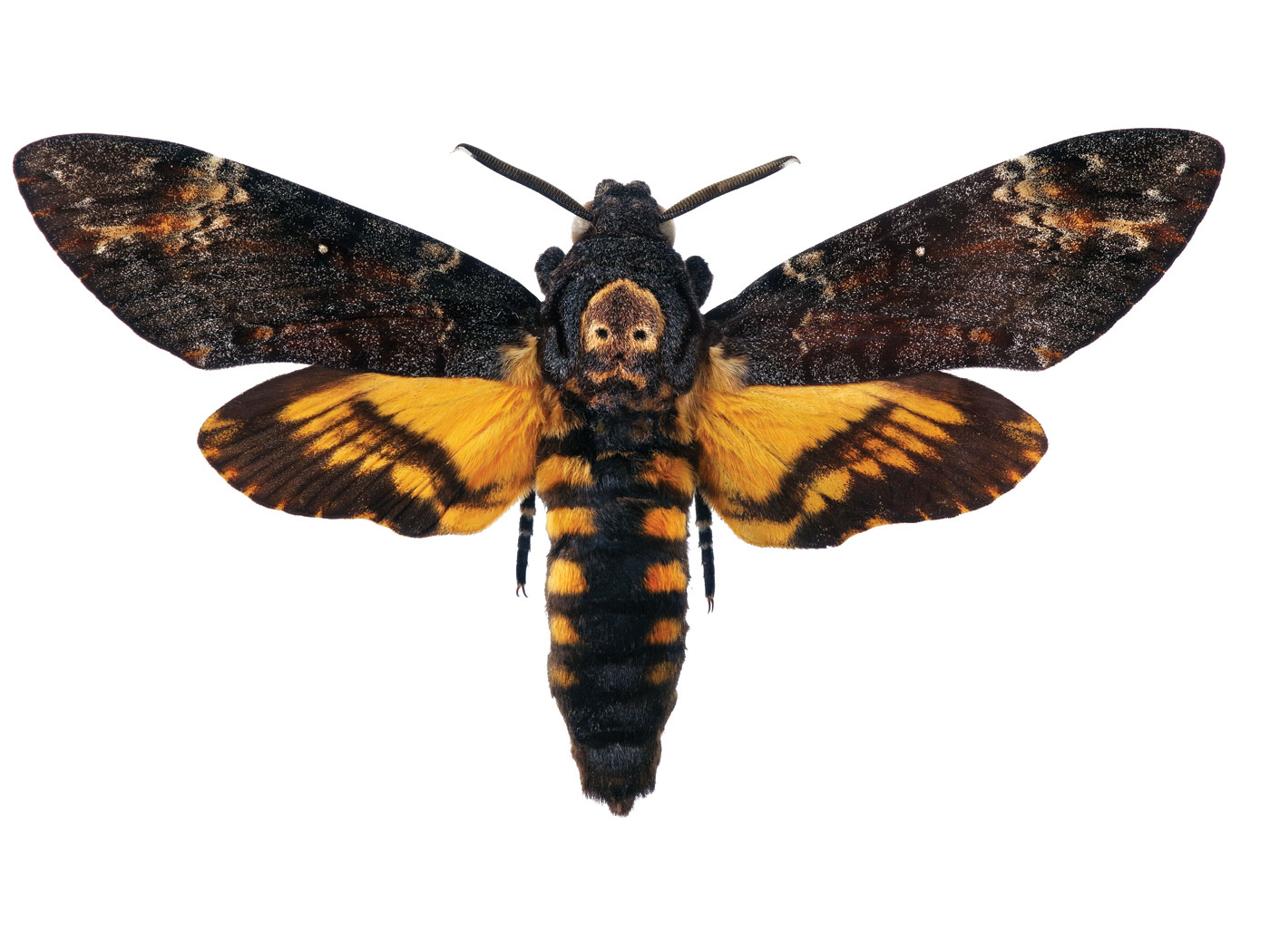Researchers recently announced that they have unlocked some of the mystery surrounding the evolution of insect flight.1 Their observance of a certain wingless insect led them to hypothesize that its “directed aerial descent” might be an important stage in flight evolution. But is it?
Bristletails, a kind of wingless arthropod, were dusted with fluorescent orange powder (to keep track of them) and then dropped from the Amazon Conservatory for Tropical Studies canopy walkway near Iquitos, Peru, as well as from jungle tree canopies at Barro Colorado Island, Panama, and Gamba, Gabon. They were observed using the little barbs sticking out of their tails to guide their descent, thus increasing their chances of landing in a neighboring tree. The scientists then cut these barbs off and determined that this markedly reduced the numbers of bristletails reaching nearby tree trunks.
After this research was published in a prestigious journal, the scientific press and evolutionary community thought this discovery could help explain the evolution of flight. But how relevant to flight are the bristletails’ bristles really?
The origin of flight across the animal kingdom is perhaps one of the most obvious problems in the evolutionary scenario. Flight supposedly developed on at least five different occasions in the following groups: a wide array of insects, bats, dinosaurs, and an immense variety of birds. Not only is it a real stretch to explain how flight could have evolved across the animal spectrum spontaneously in multiple events, but at the time it supposedly happened the various types of wings and supporting body structures appear in the fossil record fully formed, functional, and ready to fly.
In fossilized animals, there are no undisputed transitional forms that have wings that are partially developed and considered to be “precursor wings.” The evolution of fully-functional wings would have required hundreds of beneficial mutations to have occurred simultaneously in both genders via massive changes in complex developmental gene networks. Random processes don’t stand a chance of accomplishing such a feat. Even if it did happen, semi-developed, non-functional wings would provide little adaptive benefit to an animal.
Another consideration is that wings of all types in the animal kingdom must have proper support structures, bone structures, and accompanying musculature as well. It is not just enough to have a set of wings—the entire frame of the animal must be geared for flight.
Natural selection would actually cull out animals with partially developed structures because such features tend to hinder survival in the wild. This rules out any type of slow and gradual evolution of wings and support structures. Thus, there is neither any direct evidence for flight evolution, nor any credible naturalistic story of flight’s origin.
The observed, wide variety of flying creatures, whose design is so effective that it is studied and copied by air and space engineers, testifies of a wise Creator who made “every winged fowl after [its] kind: and God saw that it was good” (Genesis 1:21).
Reference
- Yanoviak, S. P.,M. Kaspari, and R. Dudley. Gliding hexapods and the origins of insect aerial behaviour. Biology Letters. Published online before print on March 18, 2009.
* Dr. Tomkins is Research Associate at the Institute for Creation Research.
Article posted on April 2, 2009.























